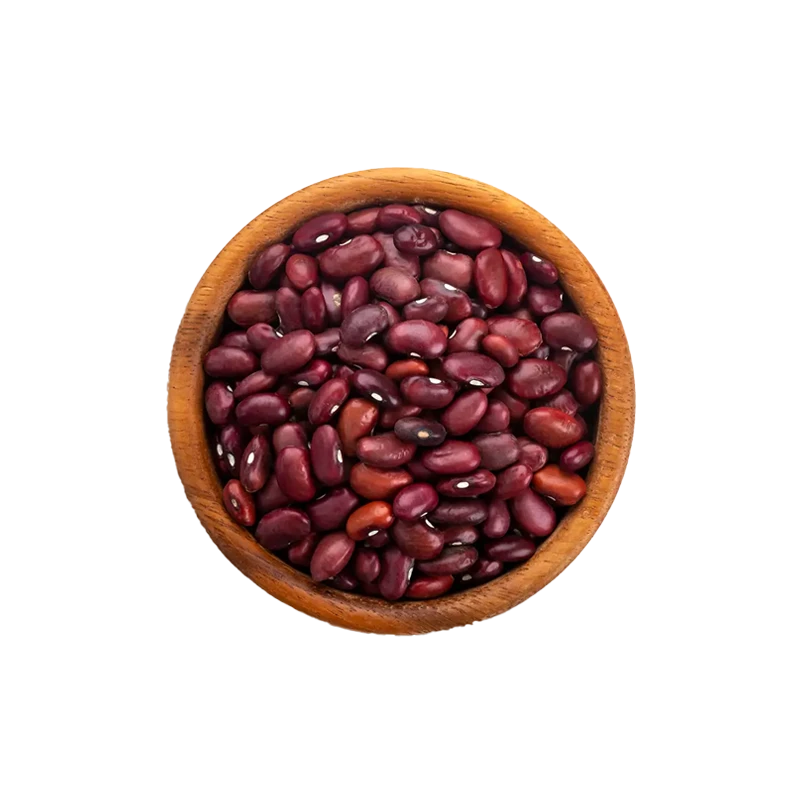Steak Tartare — Nutrients, Health Benefits, and Shopping Tips

Written by Listonic Team
Last update on September 4, 2024
Steak tartare nutrients
Nutrition facts
Amount per 100 g
Calories
🔥 192 kcal
| Nutrients per: 100 g | Value | % Daily Value* |
|---|---|---|
| Carbs | 0 g | - |
| Fiber | 0 g | - |
| Sugars | 0 g | - |
| Glycemic Index | 0 | - |
| Protein | 20 g | 40% |
| Sodium | 60 mg | 2.61% |
| Total Fat | 12 | 15.38% |
*The % of Daily Value (DV) tells you how much a nutrient in a serving of food contributes to a daily diet. 2,000 calories a day is used for general nutrition advice.
20 g
🧀 Good Protein Content
Steak tartare facts & tips
Health benefits
- Rich in protein, providing essential amino acids for muscle growth, repair, and overall body function.
- High in essential vitamins and minerals such as iron, zinc, and B vitamins (especially B12), which support energy production, immune function, and overall health.
- Contains healthy fats (when lean cuts are chosen), providing energy and supporting cell function.
- Supports muscle health due to its high protein content and amino acid profile.
- Can be a source of probiotics if prepared with fermented ingredients like capers and pickles, supporting gut health.
Health risks
- Risk of contamination with harmful bacteria such as E. coli, Salmonella, or parasites, as steak tartare is made from raw meat, which can pose a significant risk of foodborne illness.
- High fat content depending on the cut of meat used, which can raise cholesterol levels and increase the risk of heart disease when consumed frequently.
- Risk of allergic reactions particularly if the dish contains raw egg yolk or other common allergens, causing symptoms like itching, swelling, or difficulty breathing.
- Potential for high calorie content depending on the accompaniments and preparation, which can contribute to weight gain if consumed frequently or in large portions.
How to choose steak tartare
Steak tartare should be prepared from prime cuts of beef, finely chopped and mixed with fresh seasoning ingredients. The meat should be bright red and cold to the touch, indicating it is fresh and safe to eat raw.
Avoid steak tartare that looks discolored or smells questionable. Dishes that are not served immediately or are at room temperature should also be avoided, as there is a risk of bacterial contamination.

How to store steak tartare
Steak tartare should be prepared and consumed immediately for the best safety and flavor. If storing, keep it in the refrigerator in an airtight container for no longer than one day. Ensure it is kept in the coldest part of the fridge.
Bacterial growth can occur rapidly in raw meat. Avoid leaving steak tartare at room temperature for any period. Always use fresh, high-quality beef and clean utensils during preparation to minimize the risk of contamination.
✅ Extra Tip
How long does it last?
Steak tartare should be consumed immediately after preparation. If refrigerated, it should be eaten within 24 hours to ensure safety and quality.
What to do with leftovers?
👨⚕️️ Medical disclaimer
How steak tartare supports specific health conditions
Steak tartare, a dish made from raw beef, is rich in protein, promoting muscle health and tissue repair. It is also high in B vitamins, particularly B12, supporting brain function and blood health. Its rich flavor and nutrient density make it a gourmet option for those seeking a high-protein meal.
However, due to the risk of foodborne illness from raw meat, it should be prepared carefully and consumed in moderation to maintain digestive health.
Discover products from other categories
Listonic Team
Fact-checked
Our editorial team checked this article to make sure it was accurate at the time of publishing it.
Get the top-rated shopping list app







